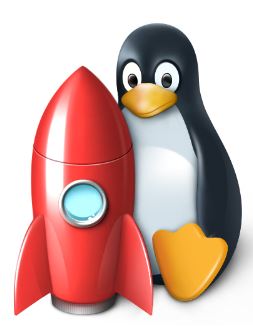DVBlast, a seemingly innocuous moniker, belies its significant role in the realm of digital television broadcasting. At its core, it’s an open-source application designed to efficiently stream multiple TV channels over a network. This seemingly simple function, however, underpins a complex interplay of hardware, software, and networking protocols.

DVBlast operates as a bridge between your digital television source—whether it’s a satellite, cable, or terrestrial antenna—and your network.
How Does DVBlast Work?
Here’s a simplified breakdown:
- Input: DVBlast receives raw digital television data from a compatible DVB tuner card. This data is typically in the form of MPEG-TS (Transport Stream) packets.
- Processing: The application processes this raw data, extracting individual channels and preparing them for network transmission.
- Output: DVBlast then streams these channels over the network using multicast, a network communication protocol that efficiently distributes data to multiple recipients simultaneously.
Key Features and Benefits
DVBlast offers a compelling suite of features:
- Efficiency: Its lightweight design minimizes system resource consumption, making it ideal for 24/7 operation on servers with limited hardware.
- Flexibility: DVBlast supports a wide range of DVB tuner cards, allowing users to adapt to different broadcasting standards.
- Open-Source: Being open-source, DVBlast benefits from community contributions, ensuring ongoing development and improvement.
- Multicast Support: This core feature enables efficient distribution of multiple channels to multiple devices on a network.
- Stability: Designed for continuous operation, DVBlast is renowned for its reliability.
Real-World Applications
While DVBlast might seem like a tool for tech enthusiasts, its applications are far-reaching:
- Home Networking: Stream live TV to multiple devices within a home network, eliminating the need for multiple set-top boxes.
- IPTV Solutions: Serve as the foundation for building custom IPTV systems, offering flexibility in channel selection and presentation.
- Digital Signage: Power digital signage networks by distributing live TV channels to multiple displays simultaneously.
- Media Servers: Integrate with media server software to provide a comprehensive entertainment solution.
Challenges and Considerations
Despite its strengths, DVBlast is not without its challenges.
- Network Congestion: Streaming multiple high-definition channels can strain network infrastructure, leading to buffering or quality issues.
- Configuration Complexity: Setting up DVBlast can involve intricate configuration, especially for users without a strong technical background.
- Limited Features: Unlike commercial IPTV solutions, DVBlast offers basic functionality without advanced features like time-shifting or recording.
The Future of DVBlast
As technology evolves, so too does DVBlast. While its core functionality remains unchanged, future developments could include:
- Enhanced Support for New Standards: As new broadcasting standards emerge, DVBlast will need to adapt to ensure compatibility.
- Improved Performance: Ongoing optimization can lead to better performance, especially in terms of CPU and memory usage.
- Integration with Streaming Platforms: DVBlast could be integrated with popular streaming platforms to offer a seamless user experience.
Conclusion
DVBlast is a powerful tool for anyone looking to harness the power of digital television. Its open-source nature, combined with its efficiency and flexibility, makes it a compelling choice for a wide range of applications. While it may not be a perfect solution for every scenario, it undeniably occupies a significant place in the world of digital media distribution.